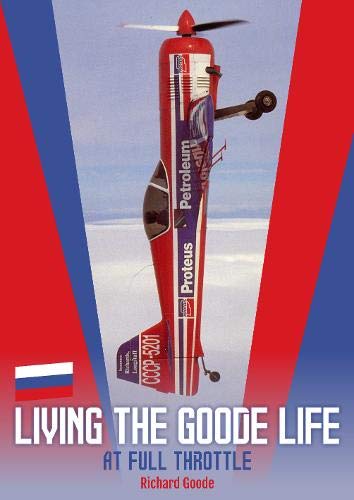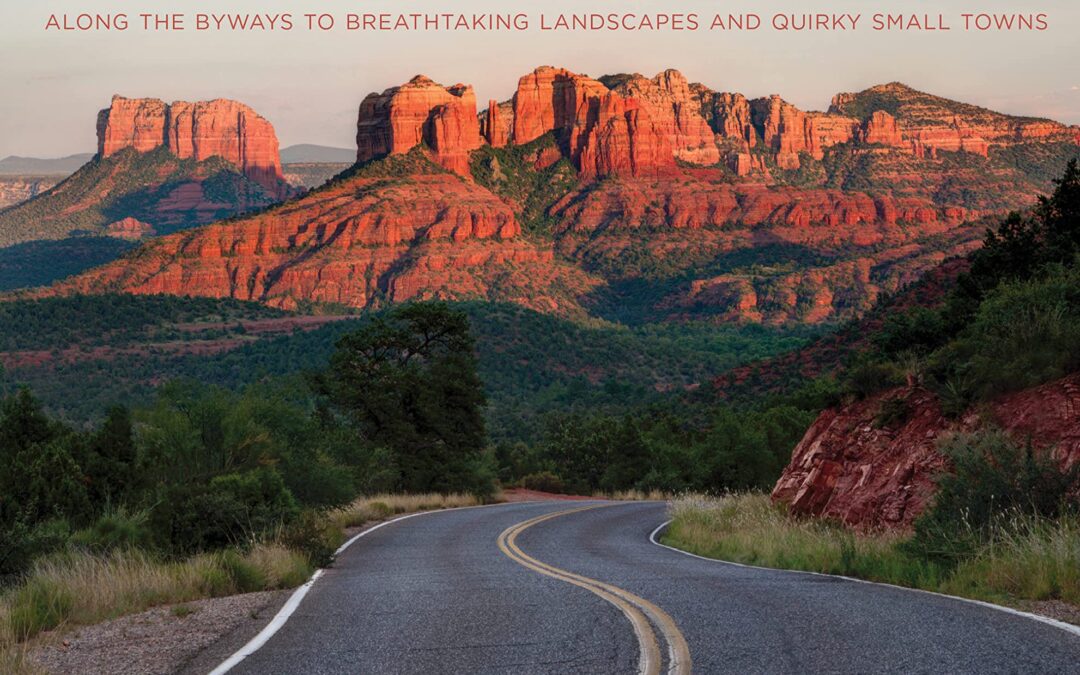
Explore the wide open spaces of Arizona with this guide to roads less traveled and awe-inspiring sights less seen.
Backroads of Arizona guides you into the heart of Arizona’s sun-shiny beauty and fascinating history. In this thoroughly updated edition, you’ll find twenty-five driving tours and adventures that take you off the beaten path to stunning landscapes and breathtakingly beautiful vistas. Marvel at the multicolored hues of the Painted Desert and the jaw-dropping majesty of the snowcapped San Francisco Peaks. Wander into a sky-high forest of regal ponderosa pines and quaking aspens near Flagstaff, scan the deep blue waters of Lake Havasu on the western border, and feel dwarfed by the incredible Grand Canyon. With scenic drives in all corners of the state, Backroads of Arizona offers insight into Arizona’s rich history, from the Spanish conquistadors seeking the legendary cities of gold to the Wild West shootout at Tombstone’s OK Corral.
Thanks to the maps and directions to the Grand Canyon State’s unique scenic, historic, and cultural attractions, you can explore prehistoric cliff dwellings, hike to see a mountainside of cacti in bloom, or get your kicks on Route 66. This second edition includes new routes along timeless roads, with fresh images and pithy stories of what can be found along the way. Discover something off the beaten path, and make memories you’ll never forget.
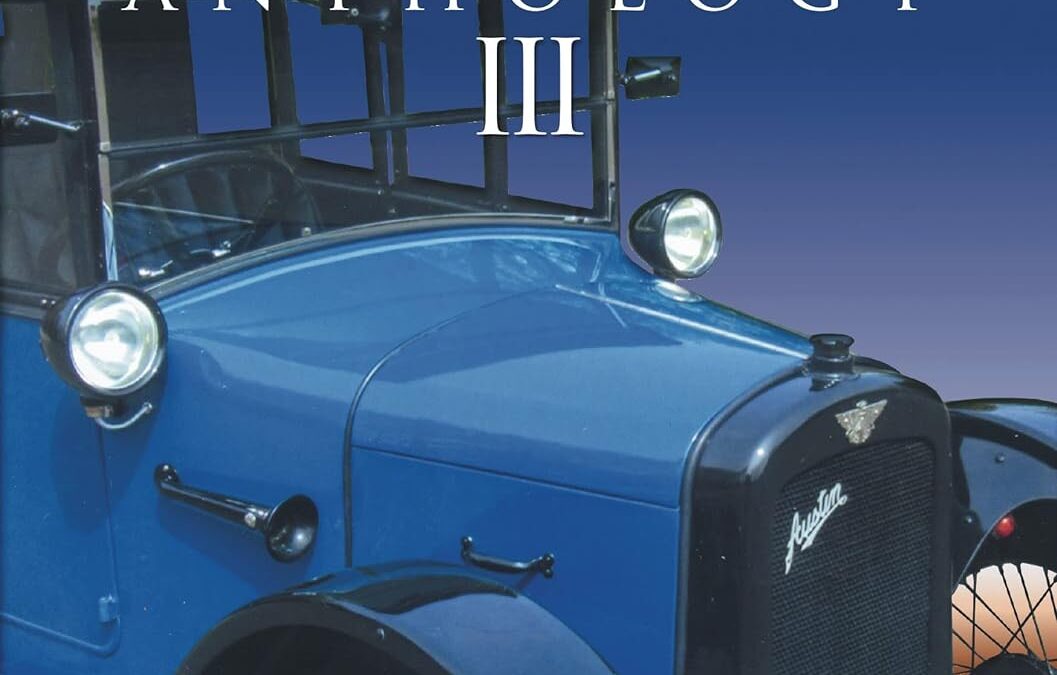
This third volume continues James Stringer’s popular series with another highly entertaining collection of Austin-related stories. This time you can read all about: ·Mugwump’ and its journey from Bristol to Cape Town ·How Spike Milligan and fellow Goon Peter Sellers nearly fell out over an Austin 12/4 ·The company’s promotional film about the Austin 7 – “The Mighty Atom” ·And many other colourful and delightfully entertaining stories, which provide the reader with an alternative and untold history of the Austin Motor Car Company.
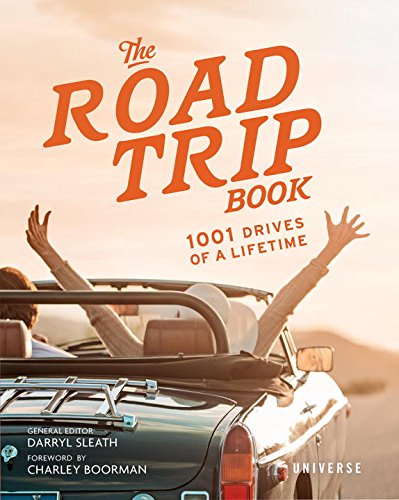
The world’s superlative road trips—scenic, thrilling, and memorable—in both natural and urban settings.
For anyone who has fallen under its spell, a car represents freedom and adventure. For decades, the American tradition of the road trip has been bound up with the idea of new possibilities and new horizons. This book is an indispensable guide to the most beautiful, breathtaking, extraordinary, and fun road trips the world has to offer.
Complete with road trips varying in length and level of challenge, from an epic transglobal route inspired by Ewan McGregor and Charley Boorman’s Long Way Round documentary series to a two-mile blast around Monaco’s F1 street circuit, there is something for any adventurer. Each entry provides information about distance, start and finish points, road surfaces, must-see stop-offs, detours, and other details to plan an unforgettable trip.
Entries are organized into three categories: Scenic, Adventure, and Culture. One can marvel at the views from Cape Town’s scenic Chapman’s Peak Drive or central California’s Pacific Coast Highway, but the thrill seeker might opt for the hair-raising ride through Montenegro’s coastal mountains to reach the medieval walled town of Sveti Stefan on the Adriatic. The culture category features routes inspired by film, literature, and history: re-create Thelma and Louise’s heart-pounding joyride (minus the final leap), savor Japan’s “Romance Road” through unspoiled small towns, or follow Jack Kerouac’s path from On the Road.
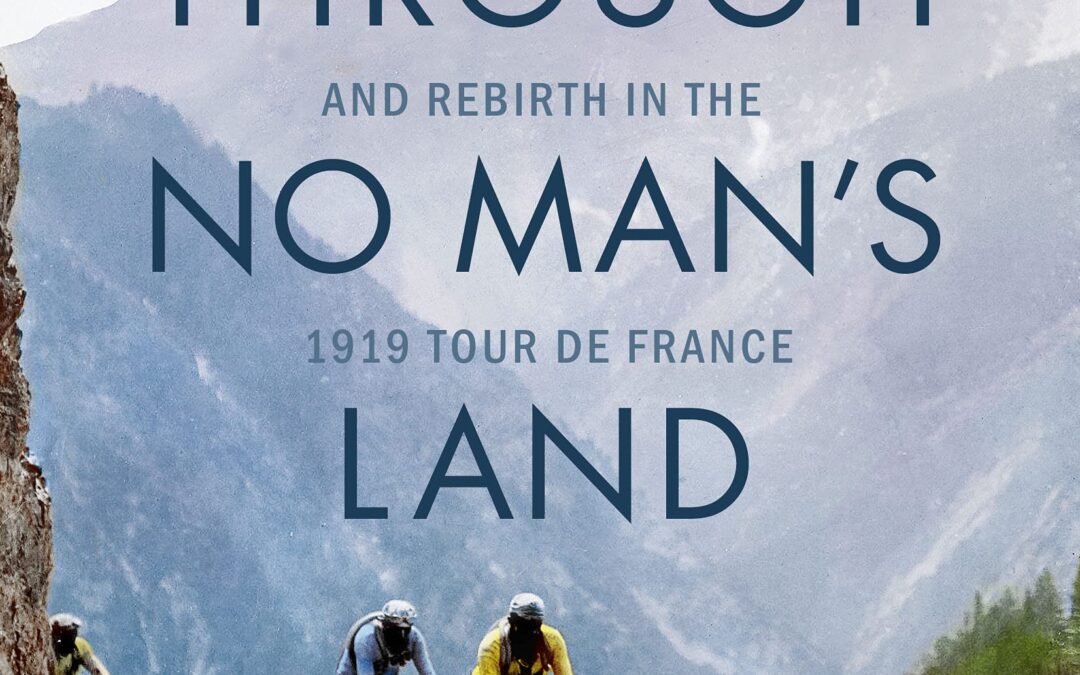
The inspiring, heart-pumping true story of soldiers turned cyclists and the historic 1919 Tour de France that helped to restore a war-torn country and its people.
On June 29, 1919, one day after the Treaty of Versailles brought about the end of World War I, nearly seventy cyclists embarked on the thirteenth Tour de France. From Paris, the war-weary men rode down the western coast on a race that would trace the country’s border, through seaside towns and mountains to the ghostly western front. Traversing a cratered postwar landscape, the cyclists faced near-impossible odds and the psychological scars of war. Most of the athletes had arrived straight from the front, where so many fellow countrymen had suffered or died. The cyclists’ perseverance and tolerance for pain would be tested in a grueling, monthlong competition.
An inspiring true story of human endurance, Sprinting Through No Man’s Land explores how the cyclists united a country that had been torn apart by unprecedented desolation and tragedy. It shows how devastated countrymen and women can come together to celebrate the adventure of a lifetime and discover renewed fortitude, purpose, and national identity in the streets of their towns.
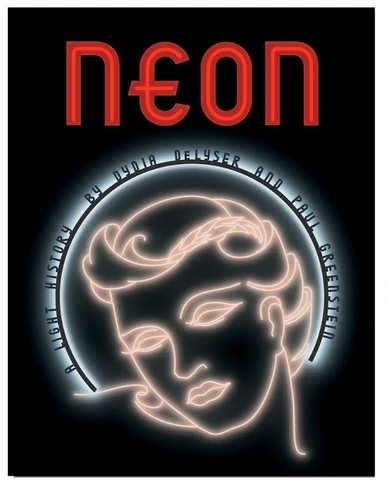
SIGNED
Since the late nineteenth century neon signs have inspired devotion and derision, drawing people to them and transforming the American landscape in the process. In Neon: A Light History Dydia DeLyser and Paul Greenstein unite the approaches of scholar and signmaker in the first book to detail neon’s rich history and geography from the inside. Lavishly illustrated and invitingly designed, this short book’s compellingly written expert analysis dispels long-held myths and misunderstandings about the inventors and technologies, the art and commerce, and the cities and communities that have made neon signs such iconic parts of the American landscape.
Revealing neon signs as active agents in sweeping cultural, economic, and political changes nationwide, DeLyser and Greenstein introduce readers to inventors and “tube benders,” business owners and customers, politicians and passersby, sign detractors and sign afficionados, architects and restoration specialists—a compelling cast of characters, many of whom, they show, continue to keep neon vibrant today. Taking readers inside the signs themselves, the authors show how each sign, whether historic or contemporary, is made by skilled hands—today just as they were over one hundred years ago.
Drawing from over a decade of in-depth archival and ethnographic research as well as more than four decades of experience in the sign industry, DeLyser and Greenstein use Los Angeles—not New York or Las Vegas—as focal point, showing how neon signs have catalyzed urban change, and how they continue to hold appeal for our changing communities—developing with the automobile and car-and-consumer culture in the twentieth century, expanding from cities to towns, and along highways to remote roadside outposts. From the earliest luminous tubing in the 1890s to the artistic creations of today, from community-funded restorations of historic signs to ordinary-seeming business signs that have become community icons, DeLyser and Greenstein show how, just as neon signs lit our past, they can now light our shared future.
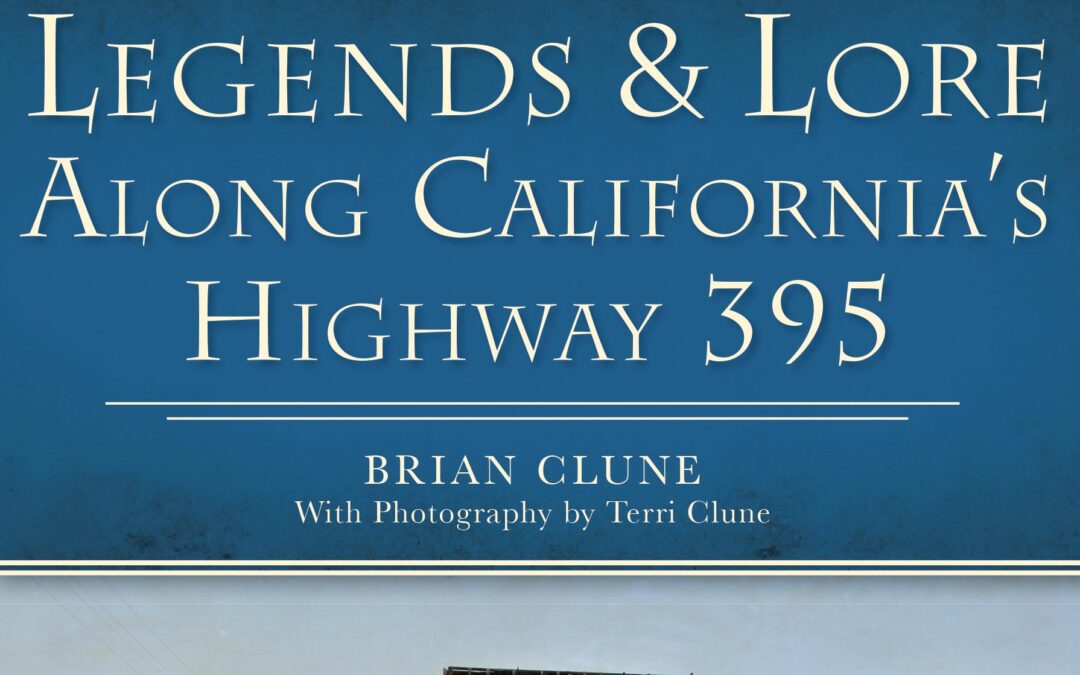
Stretching from Victorville to Carson City, Highway 395 offers a snapshot of California’s diverse landscapes and oddities. Tales of skinwalkers and Sasquatch sightings flourish among the bones of ghost towns, and stories of the elusive Lone Pine Mountain Devil ignite the curiosity. Far from fiction, the Sierra Phantom lived among the hills for fifty years, and mountaineer Norman Clyde used his skills to find lost hikers and climbers. Rumors of the Lost Cement Mine, with a rich vein of gold, lure people in, and the Tuttle Creek Ashram, built high above Lone Pine, offers peace. Author Brian Clune explores the strange and fascinating side of the majestic mountains and lonely deserts along US 395.

Jonathan Ward takes the reader deep into the facilities at Kennedy Space Center to describe NASA’s first computer systems used for spacecraft and rocket checkout and explain how tests and launches proceeded. Descriptions of early operations include a harrowing account of the heroic efforts of pad workers during the Apollo 1 fire. A companion to the author’s book Countdown to a Moon Launch: Preparing Apollo for Its Historic Journey, this explores every facet of the facilities that served as the base for the Apollo/Saturn missions. Hundreds of illustrations complement the firsthand accounts of more than 70 Apollo program managers and engineers.
The era of the Apollo/Saturn missions was perhaps the most exciting period in American space exploration history. Cape Canaveral and Kennedy Space Center were buzzing with activity. Thousands of workers came to town to build the facilities and launch the missions needed to put an American on the Moon before the end of the decade.
Work at KSC involved much more than just launching rockets. It was a place like none other on Earth. Technicians performed intricate operations, and hazards abounded everywhere, including lightning, fire, highly-toxic fuels, snakes, heat, explosives, LOX spills, and even plutonium. The reward for months of 7-day workweeks under intense pressure was witnessing a Saturn V at liftoff.
For anyone who ever wished they had worked at Kennedy Space Center during the Apollo era, this book is the next best thing. The only thing missing is the smell of rocket fuel in the morning.
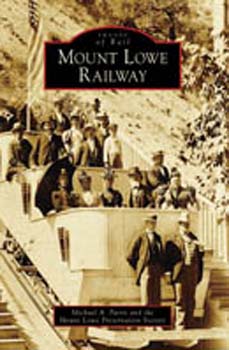
“Opened with great fanfare on July 4, 1893, the Mount Lowe Incline Railway was hailed as “Earth’s Grandest Mountain Ride.” Built by Civil War balloonist Thaddeus S. C. Lowe and railroad engineer David J. Macpherson in the mountains above Altadena and Pasadena in Los Angeles County, this funicular was operated for 43 years and served nearly four million passengers from around the world. Where else could one find four hotels, an observatory, the world’s largest searchlight, a dance hall, miniature golf, a zoo, horseback riding, tennis, and snow capped peaks, all within a day’s journey from the Pacific Ocean and downtown Los Angeles? The San Gabriel Mountains continue to be a great natural resource and recreational escape for many Angelenos, but the spectacular railway lives on only in these vintage photographs.
”



